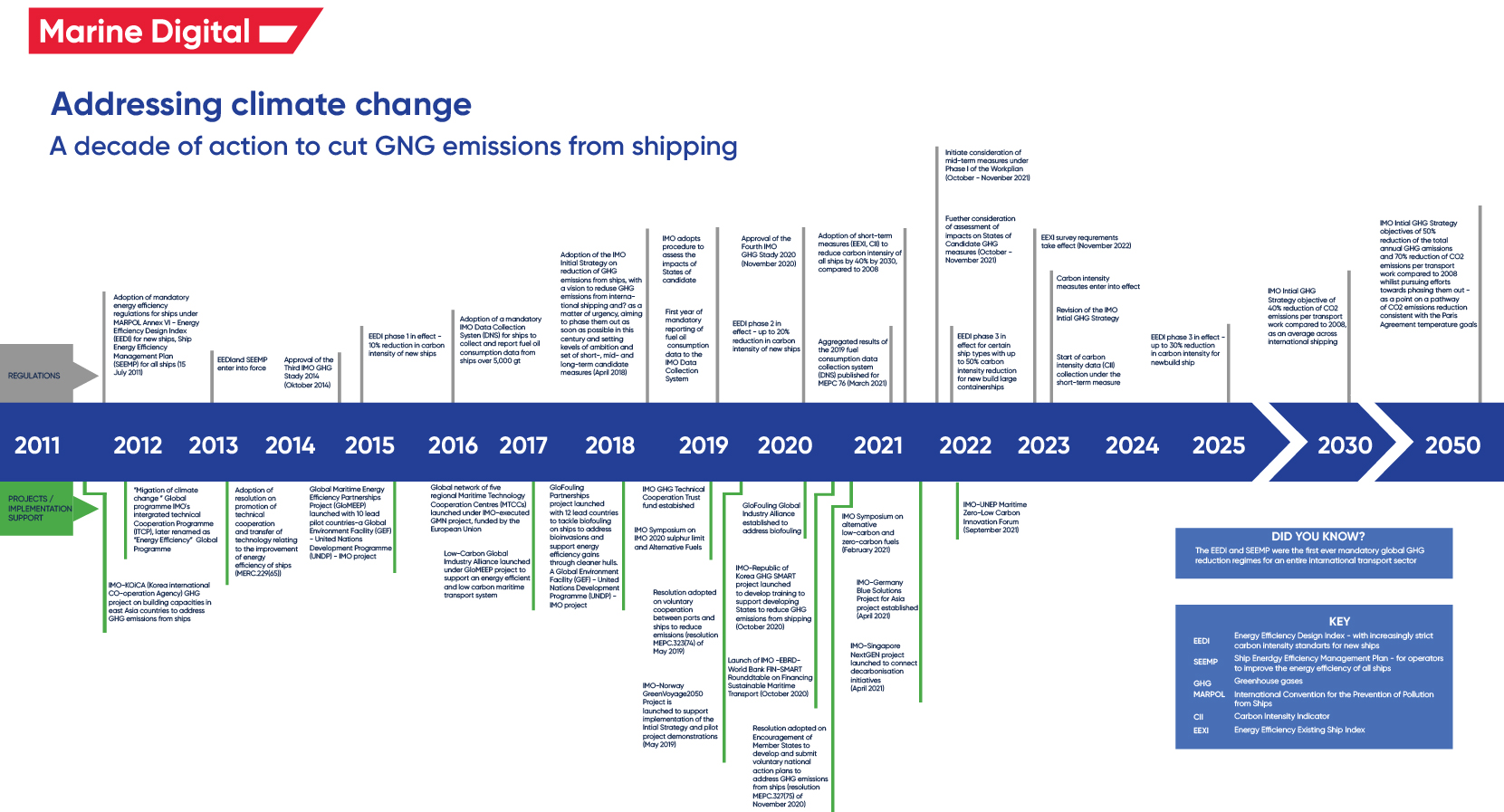The Updated Arb Schedule for Cap and Trade and Mandatory GHG Reporting Regulation Amendment Process has significant implications for the environmental policy landscape. This regulation amendment process reflects a growing recognition of the need for stringent measures to address greenhouse gas emissions and combat climate change.
Key Amendments to the Regulation:
The updated ARB schedule introduces several key amendments aimed at enhancing the effectiveness of cap and trade programs and mandatory GHG reporting regulations. These amendments include:
Expanded Scope:
The amended regulation broadens the scope of covered entities subject to cap and trade programs and mandatory GHG reporting requirements. This expansion reflects a commitment to achieving comprehensive emission reductions across various sectors of the economy.
Enhanced Compliance Measures:
The updated ARB schedule incorporates stricter compliance measures to ensure that covered entities adhere to emission reduction targets. These measures may include increased monitoring, reporting, and verification requirements to uphold regulatory integrity.
Intensified Enforcement Mechanisms:
The amendment process introduces reinforced enforcement mechanisms to address non-compliance and violations of cap and trade regulations. Stringent penalties may be imposed on entities that fail to meet their emission reduction obligations, underscoring the importance of regulatory compliance.
Implications for Stakeholders:
The updated ARB schedule has significant implications for various stakeholders involved in the implementation of cap and trade programs and GHG reporting regulations. These stakeholders include:
Industry Participants:
Industry participants will need to adapt their operations to comply with the amended regulation, potentially requiring investments in emission reduction technologies and strategies. The regulation amendment process may also influence industry competitiveness and market dynamics.
Environmental Advocates:
Environmental advocates may view the updated ARB schedule as a positive step towards achieving more ambitious emission reduction goals. The amendments signal a commitment to addressing climate change and protecting the environment through stringent regulatory measures.
Government Agencies:
Government agencies responsible for implementing and enforcing cap and trade programs and GHG reporting regulations will play a crucial role in ensuring compliance with the updated ARB schedule. These agencies may need to enhance their monitoring and enforcement capabilities to uphold regulatory standards.
Challenges and Opportunities:
The implementation of the updated ARB schedule presents both challenges and opportunities for stakeholders across the regulatory landscape. These include:
Compliance Complexity:
Stakeholders may face challenges in navigating the complex requirements of the amended regulation, especially with regard to compliance reporting and verification. Enhanced transparency and communication will be vital in facilitating regulatory adherence.
Technological Innovation:
Opportunities for technological innovation and advancement may emerge as entities seek to develop new solutions for reducing emissions and meeting regulatory obligations. Investments in sustainable technologies could drive industry transformation and environmental progress.
Collaborative Partnerships:
The updated ARB schedule may encourage collaborative partnerships among stakeholders to foster collective action towards emission reduction goals. Cooperation between industry, government, and advocacy groups could lead to more effective and coordinated efforts in addressing climate change.
Conclusion:
The updated ARB schedule for Cap and Trade and Mandatory GHG Reporting Regulation Amendment Process represents a significant milestone in the ongoing efforts to combat climate change and reduce greenhouse gas emissions. The key amendments introduced in this regulatory update underscore a commitment to achieving environmental sustainability and regulatory compliance across various sectors. As stakeholders navigate the implications of these amendments, they must embrace the challenges and opportunities presented by this regulatory evolution to drive meaningful progress towards a greener future.





